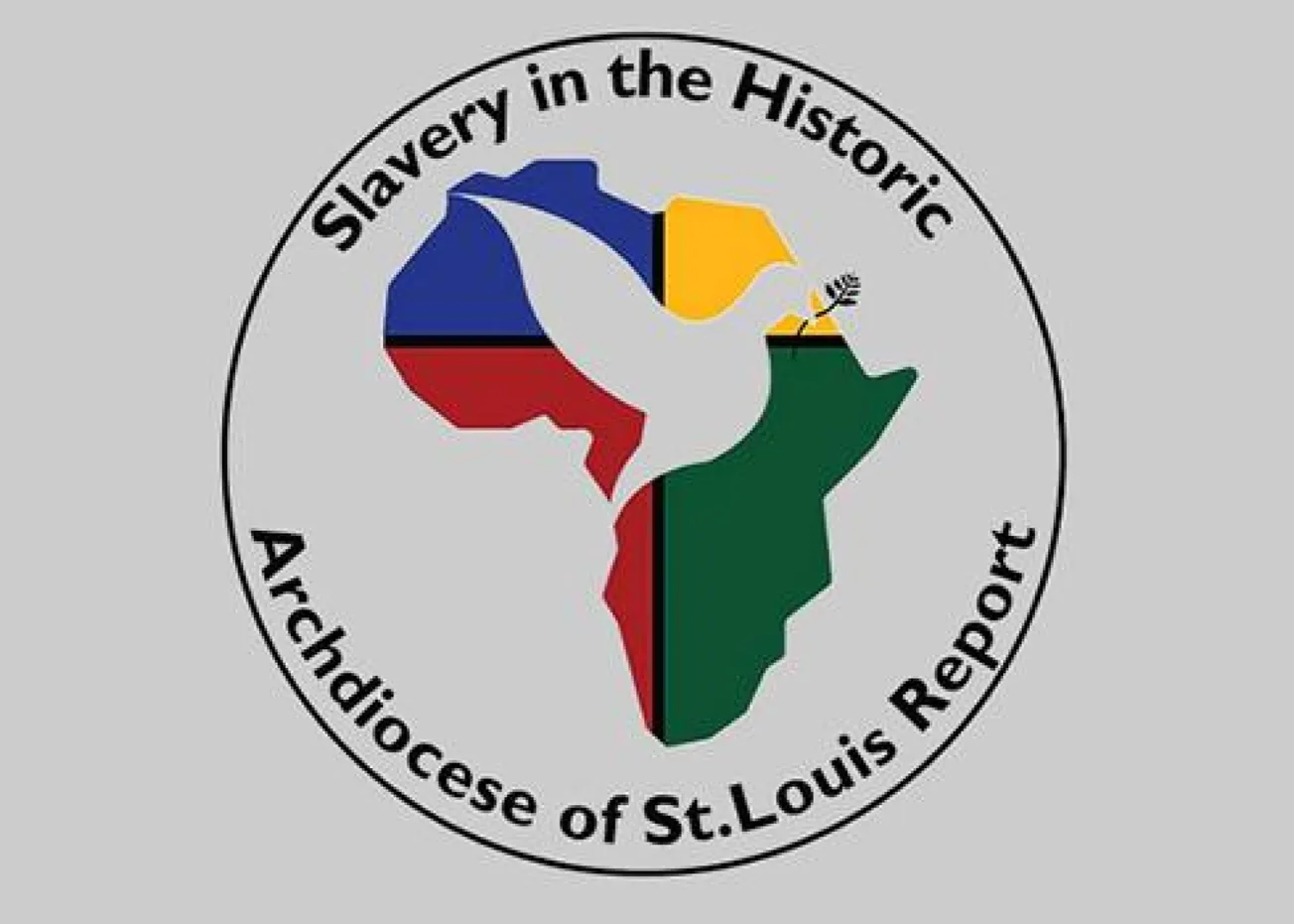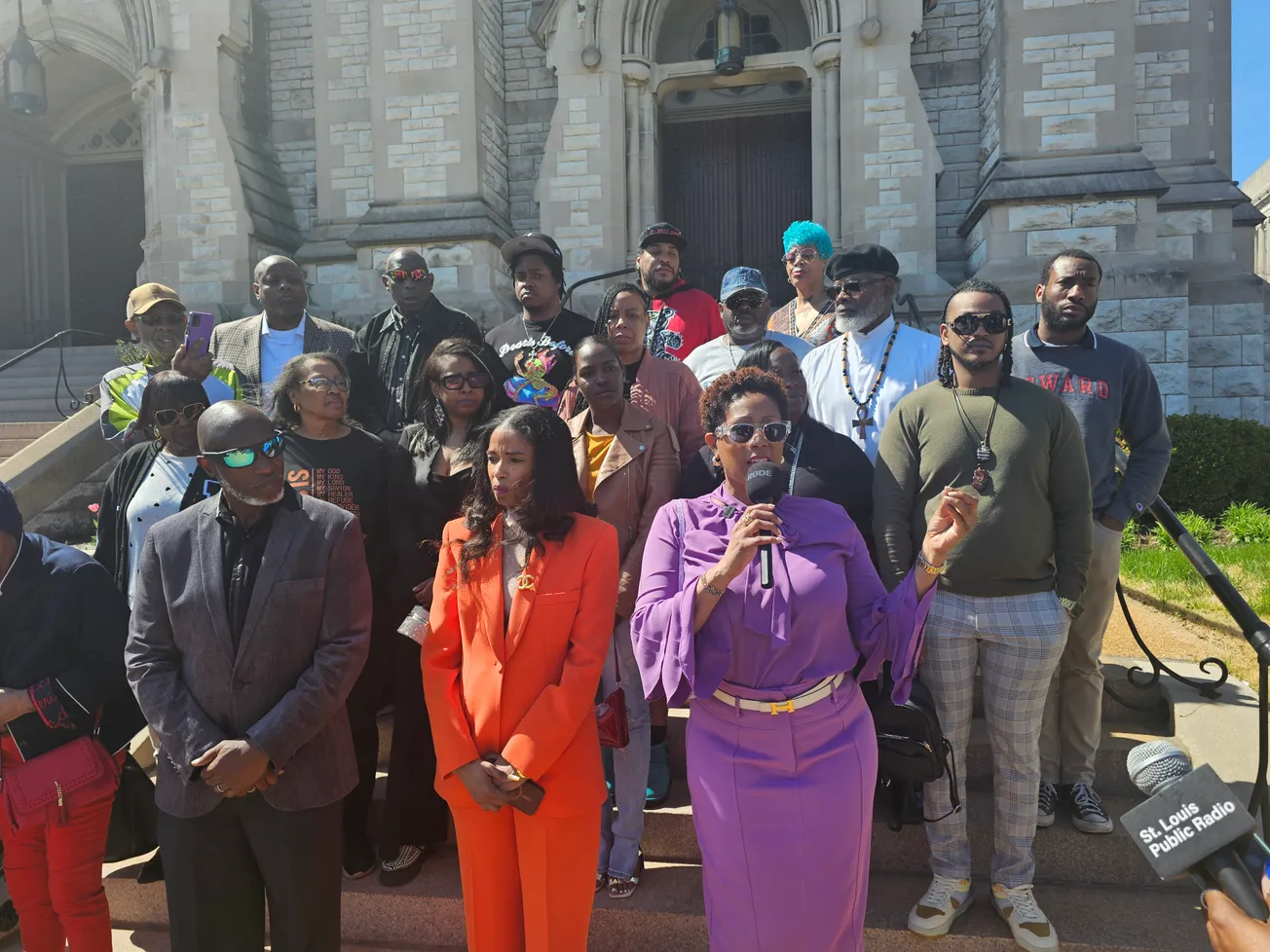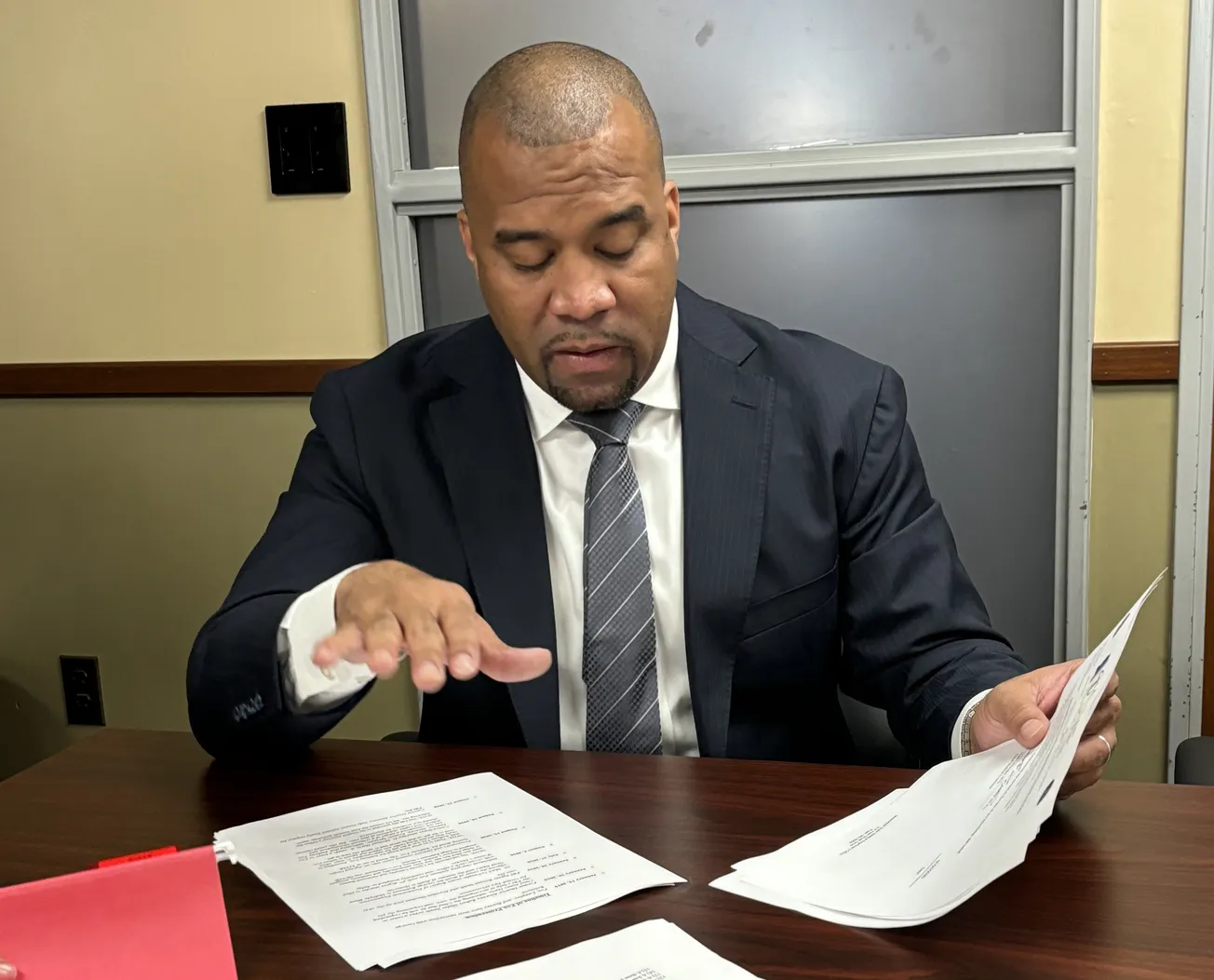The Archdiocese of St. Louis has released its long-awaited report on slavery, covering the various intersections between the practice and one of the oldest Catholic jurisdictions in the United States—including each of its first three bishops.
Entitled “Slavery in the Historic Archdiocese of St. Louis,” the extensively sourced 96-page document was published on June 22. The release coincided with the archdiocese’s annual Maafa prayer service and procession, which commemorates the “great disaster” (or “Black Holocaust”) stemming from the various large-scale slave trades that have affected Africa and its diaspora.
The new report, commissioned as part of the “Forgive Us Our Trespasses” project in the archdiocese, details decisions from the hierarchy that led to the enslavement of African Americans throughout the Midwest and the South. These include the former territories of Louisiana and Florida, which were once part of the same diocese as Missouri.
“The [report] is the culmination of pouring over thousands of documents from research institutions all over the world,” wrote Archbishop Mitchell Rozanski in an accompanying letter.
“[It] represents the entirety of that research and what is currently known regarding the enslavement of people by diocesan clergy and bishops within the historical boundaries of the archdiocese.”
Initiated in 2018 under Archbishop Emeritus Robert J. Carlson, the work behind the report came from archdiocesan archivists seeking to understand the archdiocese’s historical role in America’s “original sin,” which has extensive ties to the Catholic Church. Following papal decrees that allowed for virtually unfettered trafficking of Africans to and throughout the New World, between nine and 13 million persons fell victim to the transatlantic slave trade.
A large portion of them were transported to what would become the United States, including by Catholic priests, bishops, religious, and laypeople. Not long after the erection of the Diocese of Louisiana and the Two Floridas in 1793, the area of Missouri became a centerpiece of the nascent U.S. Catholic episcopate when its third bishop, the slaveholder Louis William Valentine DuBourg, moved his episcopal seat to St. Louis following the rejection of his appointment by Catholics in New Orleans.
DuBourg, a Haitian-born Frenchman and Sulpician priest, is said in the new report to have held 19 African Americans in bondage, including during his time as president of two other slaveholding institutions, Georgetown University in Washington and St. Mary’s University in Baltimore. Made a bishop in 1812, he founded various schools in Missouri with connections to slaveholding, including St. Mary’s of the Barrens Seminary and what would become Saint Louis University—later to be run by the Jesuits, who made use there of enslaved labor.
DuBourg was also responsible for the arrival to his diocese of the Sacred Heart Sisters, led by Rose Philippine Duchesne—currently the only canonized American saint known to have owned slaves. The archdiocese’s report notes that an enslaved girl gifted to St. Rose by DuBourg was incorrectly listed in a contract describing a family he in fact sold to his successor and the first bishop of the newly erected Diocese of St. Louis, the Vincentian priest Joseph Rosati. (The girl, Eliza, later inquired of Duchesne to become a member of her order of nuns, but was refused.)
The bulk of the report concerns the history and identities of the roughly 50 individuals known to have been enslaved by DuBourg, Rosati, and Archbishop Peter Kenrick. Most of the remaining portion concerns the 20 identified African Americans enslaved by diocesan priests, and an additional log of men, women, and children owned by religious priests who served in the archdiocese. An additional 30 or more individuals were enslaved by bishops or diocesan priests, but are not known by name.
“The enslaved individuals identified in this report played a vital role in building the local Church from a small, frontier mission to a thriving archdiocese. Their efforts must be acknowledged, and their stories must be told,” the report reads.
“We recognize that these bishops and clergy sinned through their acts. In order to be fully penitent and reconcile ourselves before God, we must be open and honest about our sins, now and in the past.”
With the release of the new document, the Archdiocese of St. Louis continues its leading work on reconciliation as it concerns slaveholding and the early American Church. A related effort, the inaugural conference of Catholic Religious Organizations Studying Slavery (CROSS), was held at the St. Louis chancery in November 2023.
Archbishop Rozanski, who was present for that event, says the slavery report is not the definitive end of the work to uncover the history of slavery in his archdiocese.
“The research will continue,” Rozanski noted in his letter this month, “and if new evidence is uncovered, it will be added to the report.”
Nate Tinner-Williams is co-founder and editor of Black Catholic Messenger.










